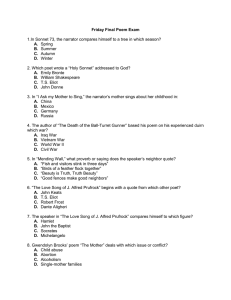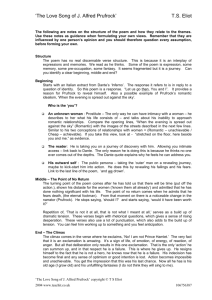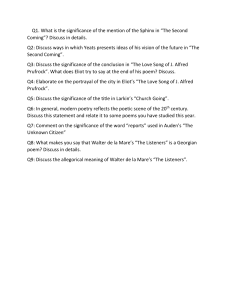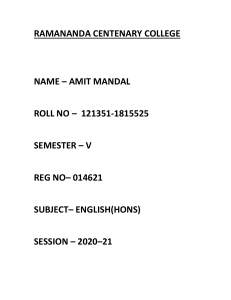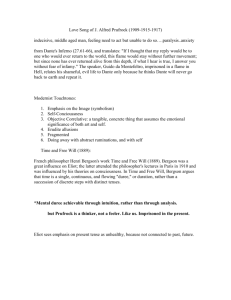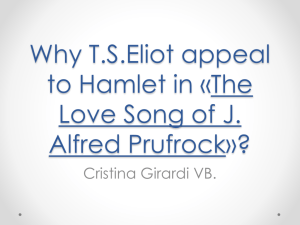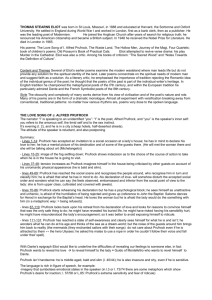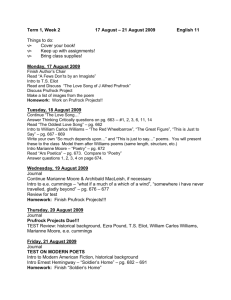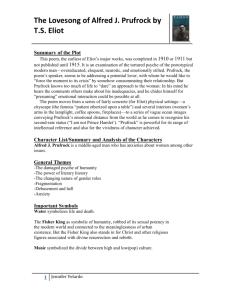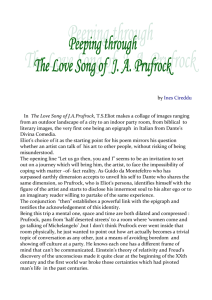The Lovesong of J Alfred Prufrock critics corner
advertisement
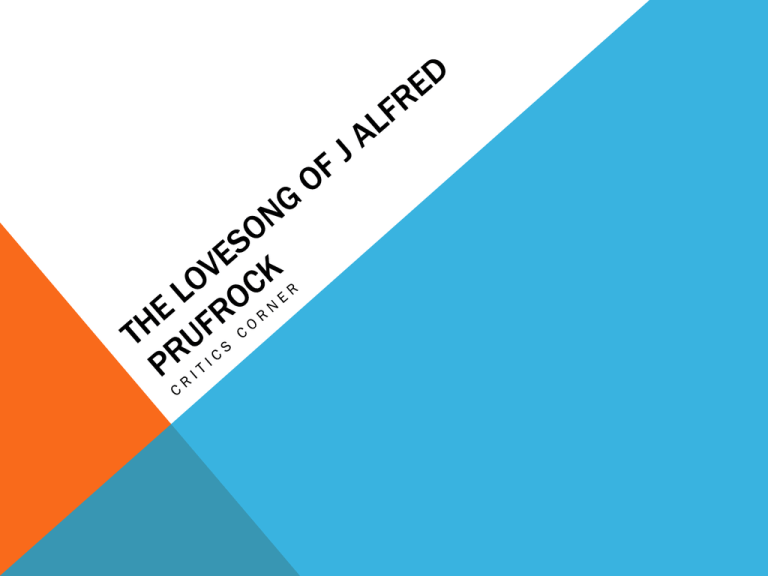
Three things characterize the dramatic monologue, according to M.H. Abrams. First, they are the utterances of a specific individual (not the poet) at a specific moment in time. Secondly, the monologue is specifically directed at a listener or listeners whose presence is not directly referenced but is merely suggested in the speaker’s words. Third, the primary focus is the development and revelation of the speaker’s character The kinds of imagery Eliot uses also suggest that something new can be made from the ruins: The series of hypothetical encounters at the poem’s center are iterated and discontinuous but nevertheless lead to a sort of epiphany (albeit a dark one) rather than just leading nowhere. While he is no Hamlet, he may yet be useful and important as “an attendant lord, one that will do / To swell a progress, start a scene or two...” This implies that there is still a continuity between Shakespeare’s world and ours, that Hamlet is still relevant to us and that we are still part of a world that could produce something like Shakespeare’s plays. In The Love Song of J. Alfred Prufrock, T. S. Eliot reveals the thoughts and feelings of the poem’s subject, Prufrock, in a way that Prufrock could not have articulated himself, since it is the poem’s objective to illustrate Prufrock’s insecurity At the beginning of T. S. Eliot' s poem The Love Song of J. Alfred Prufrock, there stands an epigraph from Dante's Inferno, Canto 27. This epigraph unifies the text and brings, through its imagery and context, a deeper understanding of Eliot's poem. Prufrock represents both of the characters in this section of the Inferno, corresponding to Dante in the first section and Guido da Montefeltro (the speaker) in the second and third.
